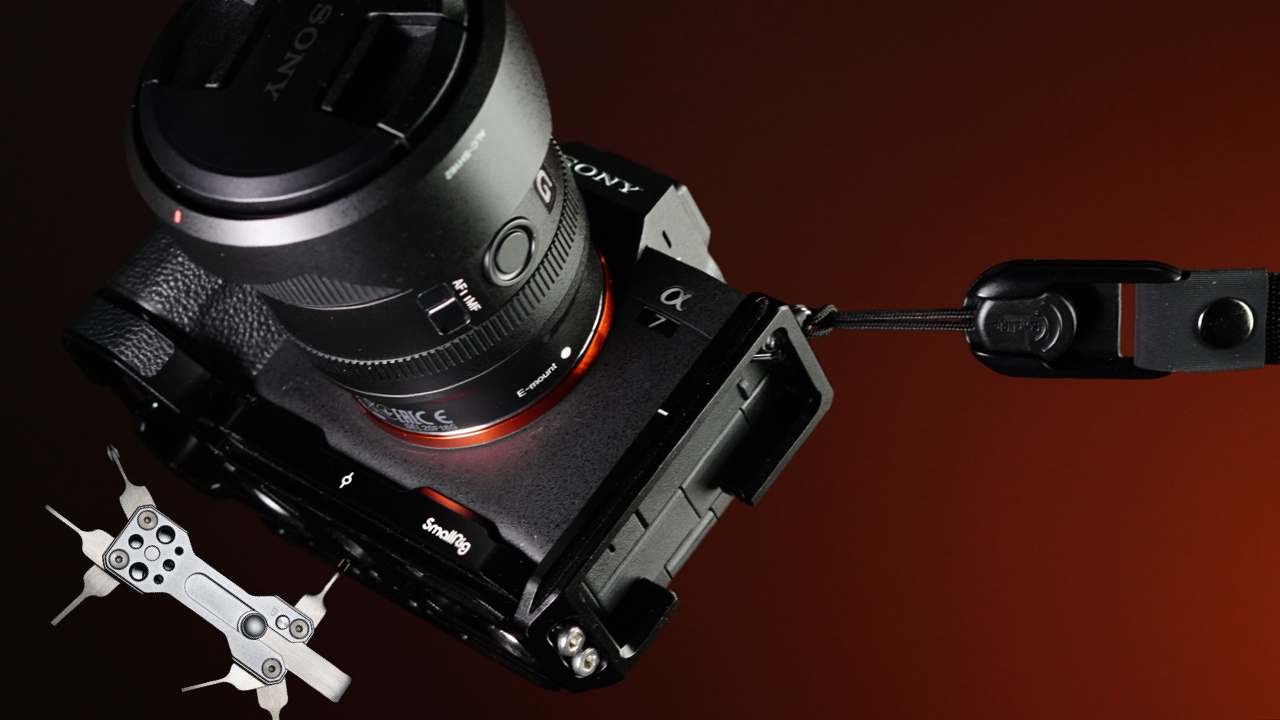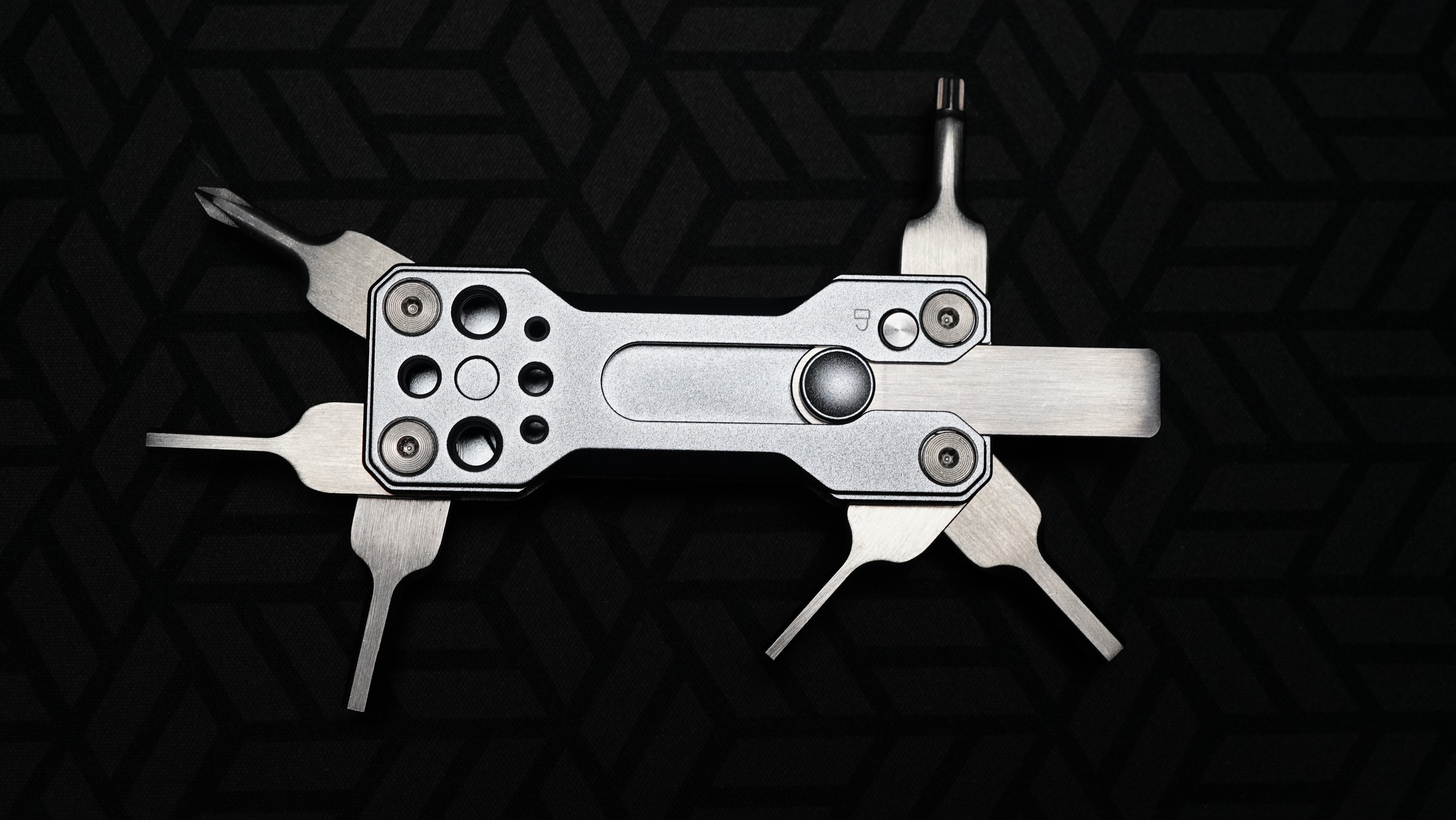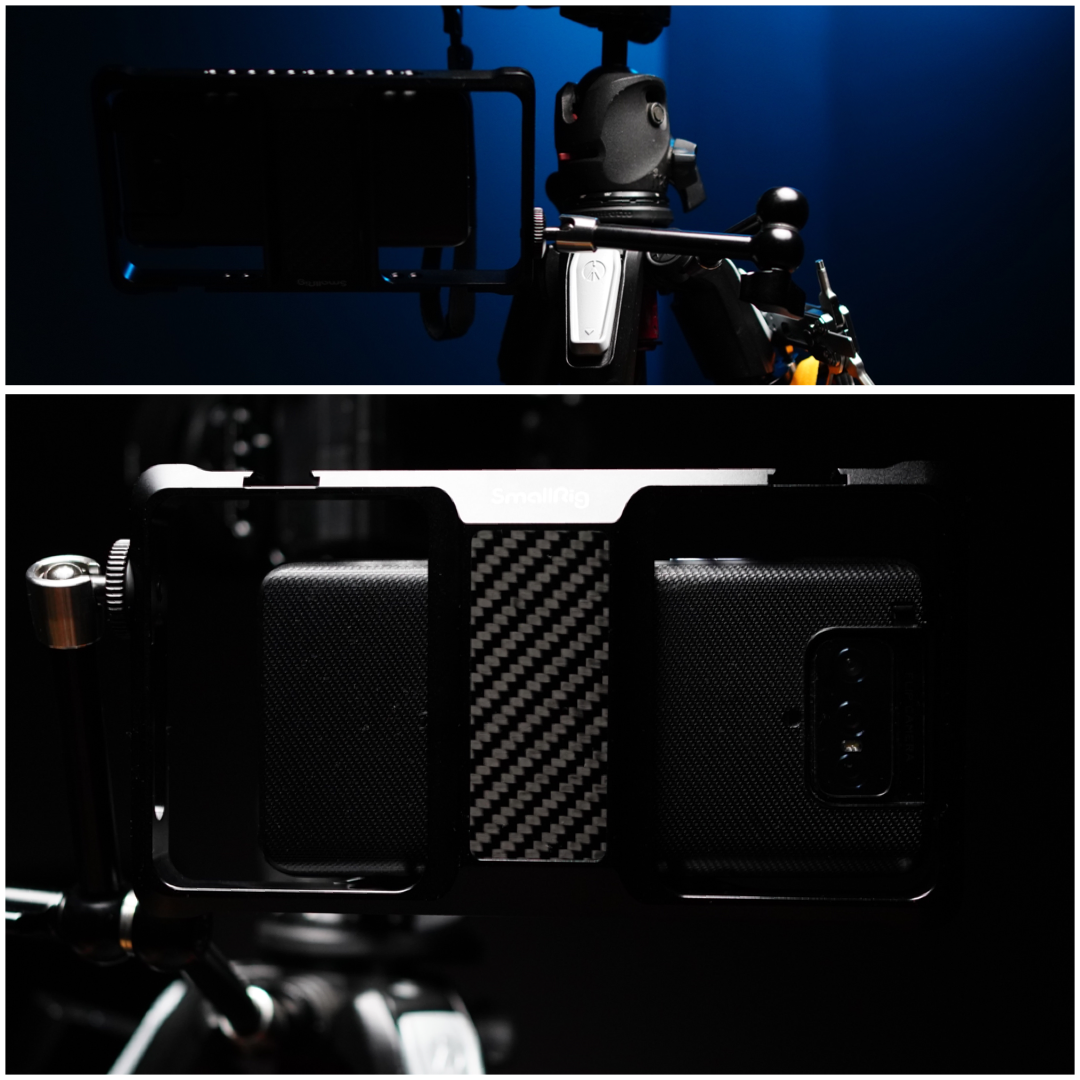What essential tools have you always wanted to mount onto your camera setup?
Completing the set of gear to bring for a specific landscape photography trip depends on a lot of factors. If you want to make the most out of the location and the effort of going there, you want your gear to help you become more efficient, more focused, and more creative. A common dilemma is when you want to bring anything and everything that might be useful for the shoot, while at the same time, you want to pack light and be comfortable. At the end of the day, the key is to find the right balance between being prepared and being comfortable.
Through years and years of shooting different locations and having to adapt to the challenges, one would be able to determine which pieces of gear are essential and which accessories are considered “must-have” for a specific kind of shoot. These tools may or may not be easy to carry and bring around, but their impact on how you shoot can make them worth having. The idea for this video and article came from mere frustration while trying to figure out some solutions to the problems and/or inconveniences I encounter while shooting. I mentioned some of them to the brand SmallRig, which makes tools and accessories for camera gear, and they challenged me to build the setup I want with what they have to offer and figure out what else might come in handy. In this article, let me share with you some DIY hacks that you might find useful, and at the same time, do a bit of a review of the selection of accessories available and how functional they are for the needs of landscape photographers.
Bare Essentials
For any landscape photographer, there are accessories most would consider essential. These are of course aside from the camera, lens, tripod, and filters. These simple accessories make certain parts of the shooting workflow easier and/or keep your valuable gear more secure.

An L-bracket is perhaps one of the best accessories to get right when you get a new camera which is why I ordered the SmallRig L-bracket for the Sony A7IV even before the camera arrived. Landscape photographers are perhaps the ones who use tripods the most which is why it is wise to keep a tripod plate on your camera as much as possible. Aside from the fact that L-brackets make it easier to shoot in a vertical orientation, fitted L-brackets specific to your camera model have dedicated holes to make way for your battery, memory card, and side-port doors so that you can keep them on the camera for as long as you want.

Smallrig full cage for Sony a7 IV
The kind of camera strap to use depends entirely on preference. However, it is important to keep in mind that a long and relatively heavy strap might cause some unwanted camera shake when doing long exposures on a tripod. A common fix is, of course, to wrap the strap around the center column of the tripod, but if you’re not particularly fond of wearing a neck or shoulder strap, then a wrist strap might be a better choice for you. A wrist strap would be easier to secure onto the tripod or to keep your camera secure with your hand without inducing any movement. This SmallRig wrist strap makes use of a quick-release loop that allows you to easily remove the strap when not in use. The locking mechanism, however, seems to make use of a one-sided anchor, which causes very minimal inconvenience.
 For any photographer, a multi-tool can and will come in handy at crucial times. From simply securing the mounting screw on your tripod plate, to tightening the joints of your tripod, or even prying open a stuck battery door, having tools ready will save you a lot of crucial time out in the field. This particular multi-tool has a flat head, a couple of cross-type heads, and various sizes of hex keys. This multi-tool can be handy for needs beyond photography which is why it might be more convenient for it to have a way to be fastened on car keychains for everyday-carry options.
For any photographer, a multi-tool can and will come in handy at crucial times. From simply securing the mounting screw on your tripod plate, to tightening the joints of your tripod, or even prying open a stuck battery door, having tools ready will save you a lot of crucial time out in the field. This particular multi-tool has a flat head, a couple of cross-type heads, and various sizes of hex keys. This multi-tool can be handy for needs beyond photography which is why it might be more convenient for it to have a way to be fastened on car keychains for everyday-carry options.
Filter Bag and Counter-weight
 There’s no need to talk about why filters are helpful in landscape photography, but what I always look for in my setup, especially when shooting time-lapse, is a part of my tripod that can hold my filters for me. For this simple and possibly trivial need, I used a SmallRig Superclamp and mounted it onto one of the legs of my tripod. The ends of the T-shaped knob can be used as a hook to hang the strap of a filter bag. This can also be used as a way to fasten the camera strap, a remote, or to use a bag as a counterweight by attaching it to the center column. This clamp comes with various sizes of screw threads that will allow the use of a wide range of accessories. It also has a great grip and an all-metal build which gives it a significant payload. It would be interesting to have a larger version of this that can mount cameras onto railings and ledges, which would be particularly helpful in shooting from rooftops.
There’s no need to talk about why filters are helpful in landscape photography, but what I always look for in my setup, especially when shooting time-lapse, is a part of my tripod that can hold my filters for me. For this simple and possibly trivial need, I used a SmallRig Superclamp and mounted it onto one of the legs of my tripod. The ends of the T-shaped knob can be used as a hook to hang the strap of a filter bag. This can also be used as a way to fasten the camera strap, a remote, or to use a bag as a counterweight by attaching it to the center column. This clamp comes with various sizes of screw threads that will allow the use of a wide range of accessories. It also has a great grip and an all-metal build which gives it a significant payload. It would be interesting to have a larger version of this that can mount cameras onto railings and ledges, which would be particularly helpful in shooting from rooftops.
Remotes, Triggers, and External Monitors
Other, common accessories for landscape photographers are tolls that make shooting long exposures, HDR, and/or time-lapse more efficient. When shooting long exposures, a wireless remote can be very useful in trying to avoid any camera shake caused by pressing the shutter button. While using a 2-, 5-, or 10-second timer delay is an option, it can be a hindrance when precise timing is crucial. This Bluetooth remote is an easy fix for that and is also a handy tool for shooting videos on a tripod. It can also be screwed onto the L-bracket or camera cage or fastened with a Velcro strap.
 For more advanced purposes, I use a MIOPS Smart+ camera remote trigger. This can be controlled through a smartphone with the mobile app but also has a screen on top for simpler use. The Smart+ can be mounted on the camera’s hot shoe very easily; however, when shooting with a relatively tall tripod, the screen is out of your line of sight. To solve this, I planned to use a hot shoe-mount mini ball head or a dual 1/4 inch-ended mini arm that will allow me to change the angle of the trigger for better visibility. This can also be used to redirect the lightning and laser sensors on the Smart+ in case I am using them.
For more advanced purposes, I use a MIOPS Smart+ camera remote trigger. This can be controlled through a smartphone with the mobile app but also has a screen on top for simpler use. The Smart+ can be mounted on the camera’s hot shoe very easily; however, when shooting with a relatively tall tripod, the screen is out of your line of sight. To solve this, I planned to use a hot shoe-mount mini ball head or a dual 1/4 inch-ended mini arm that will allow me to change the angle of the trigger for better visibility. This can also be used to redirect the lightning and laser sensors on the Smart+ in case I am using them.
 Another common accessory that one might want to mount on a camera setup is a smartphone. This can be used as a remote through various applications whether or not in combination with a remote trigger. Another option is to use the smartphone as an external monitor through an application that transmits the live view over Wi-Fi. While external monitors are available in the market, they might not be the priority when it comes to reducing the amount of gear you bring to a shoot. To mount this, options include using another super clamp or to use the link port on my Manfrotto 055. Either way, the smartphone, and its cage can be mounted on the port using an articulating arm, which also helps position the phone. Since the arm has 1/4 inch threads, I made use of a thread adapter from a spare screw set that I also got to make it fit a 3/8 inch port.
Another common accessory that one might want to mount on a camera setup is a smartphone. This can be used as a remote through various applications whether or not in combination with a remote trigger. Another option is to use the smartphone as an external monitor through an application that transmits the live view over Wi-Fi. While external monitors are available in the market, they might not be the priority when it comes to reducing the amount of gear you bring to a shoot. To mount this, options include using another super clamp or to use the link port on my Manfrotto 055. Either way, the smartphone, and its cage can be mounted on the port using an articulating arm, which also helps position the phone. Since the arm has 1/4 inch threads, I made use of a thread adapter from a spare screw set that I also got to make it fit a 3/8 inch port.
Continuous Power for Time-lapse
 While most cameras have way better battery performance nowadays, time-lapse photography takes that requirement to a whole new level. Time-lapse sequences often take at least a couple of hours and can go as long as days, shooting 24/7. While an option is to have multiple spare batteries, making use of continuous power and charging eliminates the possibility of missing an exposure when the battery out and/or while you change the battery. Most cameras that came out in the past three years now have USB-C charging, which allows the use of power banks to continuously charge the batteries. To make this more convenient, I used a SmallRig portable power bank holder and a double 1/4 inch ended screw to be able to mount the power bank onto another SmallRig Superclamp on another tripod leg.
While most cameras have way better battery performance nowadays, time-lapse photography takes that requirement to a whole new level. Time-lapse sequences often take at least a couple of hours and can go as long as days, shooting 24/7. While an option is to have multiple spare batteries, making use of continuous power and charging eliminates the possibility of missing an exposure when the battery out and/or while you change the battery. Most cameras that came out in the past three years now have USB-C charging, which allows the use of power banks to continuously charge the batteries. To make this more convenient, I used a SmallRig portable power bank holder and a double 1/4 inch ended screw to be able to mount the power bank onto another SmallRig Superclamp on another tripod leg.
In general, it's good that DIY accessories are now easily available on the market to help photographers come up with solutions to problems they encounter in the field or at the very least find ways to make their workflow more efficient and/or convenient. Running into mechanical problems with crucial accessories can ruin the outcome of a shoot, which is why being ready with tools and solutions is very valuable.







None of this stuff is DIY. DIY generally means stuff you make yourself, this is all just off the shelf accessories...
Extra stuff I don’t want to carry while backpacking to a landscape location.
This has absolutely NOTHING to do with DIY, and is really a poorly concealed ad for a bunch of SmallRig products. .
What DIY?? How much did Smallrig pay you to write this?